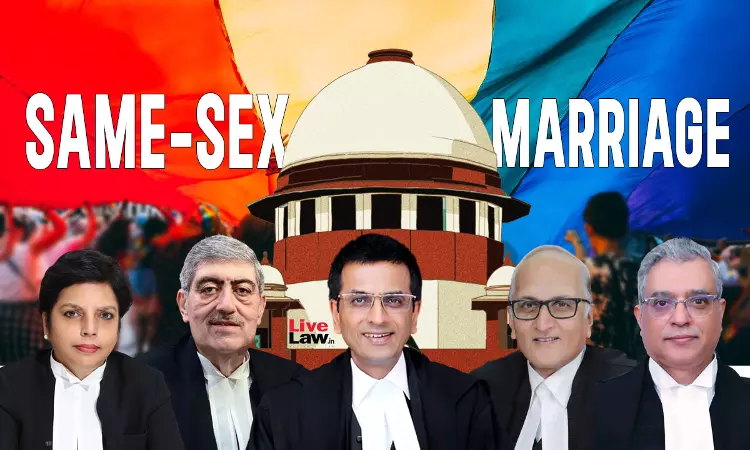Marriage Equality Case : Conclusions & Directions Of Supreme Court Judgments
LIVELAW NEWS NETWORK
19 Oct 2023 9:00 AM IST

Next Story
19 Oct 2023 9:00 AM IST
Chief Justice of India DY Chandrachud, Justice Sanjay Kishan Kaul, Justice S Ravindra Bhat and Justice PS Narasimha pronounced separate judgments.In terms of the reportable judgment, the Chief Justice of India issued following directions and conclusions:a. The Union Government, State Governments, and Governments of Union Territories are directed to:i. Ensure that the queer community is...
